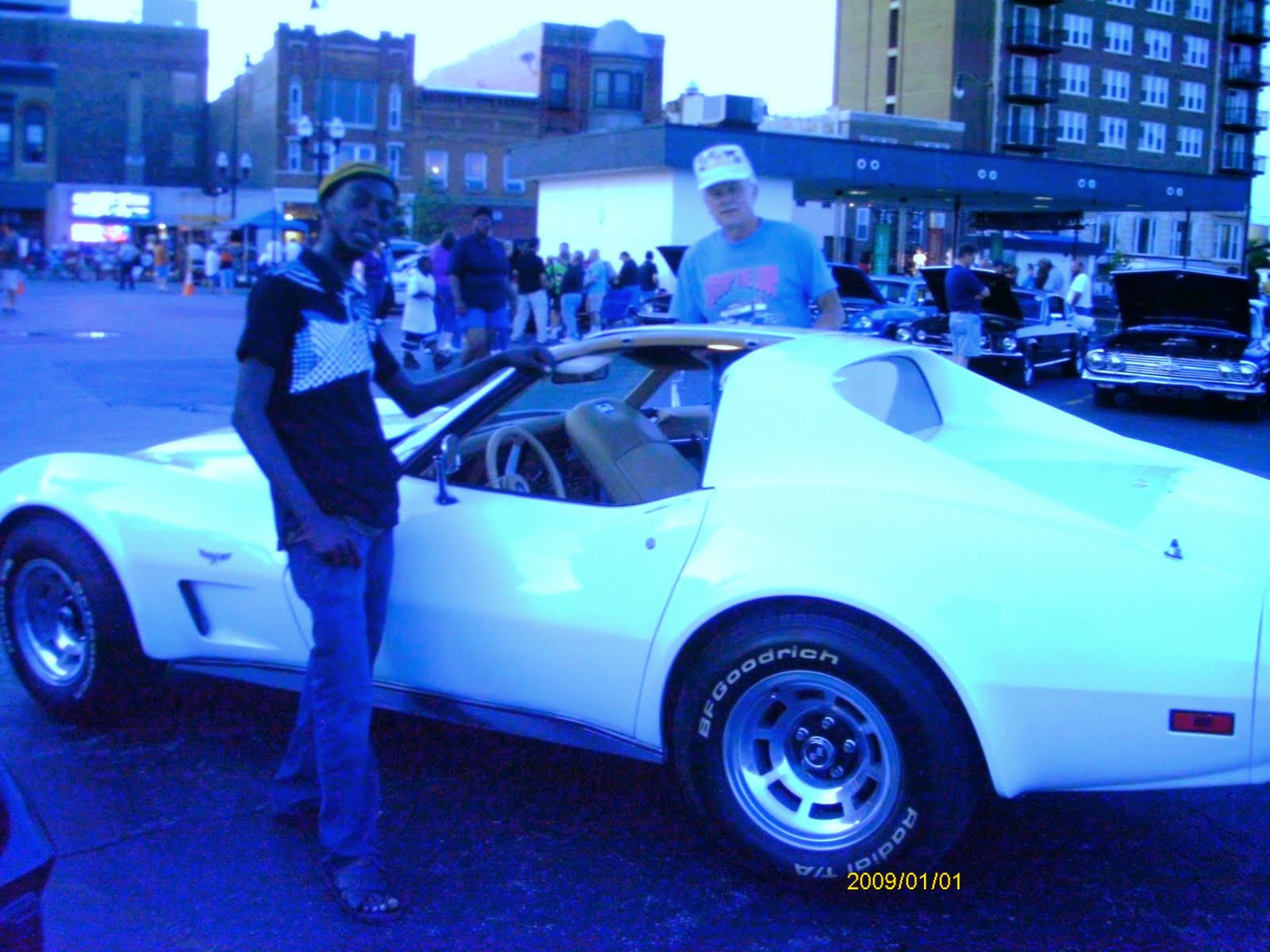 Ian Tomlinson collapsed at the G20 protests in London two years ago
Ian Tomlinson collapsed at the G20 protests in London two years ago The police watchdog says it will investigate claims the City of London force failed to pass on key evidence in the days after Ian Tomlinson's death.
Within 48 hours of the incident at the G20 protests, three Met officers told their bosses they saw an officer push the newspaper seller to the ground. The IPCC, which has released a report on the death, is to examine why it was allegedly not given that information.
City of London Police say they will co-operate with any new investigation.
'Prompt action' Last week an inquest jury returned a verdict of unlawful killing of Mr Tomlinson, 47, by Met Police officer Simon Harwood at the protests in London on 1 April 2009.
Mr Tomlinson collapsed and died after he was hit by a baton and pushed to the ground.
The Independent Police Complaints Commission (IPCC) said it expects the Tomlinson family to make a formal complaint "shortly" about the alleged withdrawal of information.
It said it would then investigate the claims that neither the coroner, pathologist, Tomlinson family, nor its investigators were told about the information reported by Met Pcs Andrew Moore, Kerry Smith and Nicholas Jackson.
The Met Police said in a statement it took "prompt and proper" action to inform the City of London force of potential witness evidence.
City of London Police - the force which patrols the Square Mile - was initially responsible for investigating Mr Tomlinson's death.
The first public admission that officers may have seen the attack by Pc Harwood was on 8 April, the day after video footage was released of the incident.
 Mr Tomlinson's family said the inquest verdict of unlawful killing was a "huge relief"
Mr Tomlinson's family said the inquest verdict of unlawful killing was a "huge relief" "We understand this will be the subject of a complaint from the Tomlinson family shortly. When the matter is referred to the IPCC we intend to conduct an investigation into it and report on it separately."
A Met Police statement said: "On 3 April 2009 a Pc came forward with information concerning Mr Tomlinson.
"The officer's supervisor that day escalated the information to the MPS Directorate of Professional Standards who immediately passed the information to City of London Police investigators."
A City of London Police spokesman said any complaint against any of its officers would be recorded and directly passed to the IPCC.
"The City of London Police will fully co-operate with and support any subsequent IPCC investigation," the spokesman said.
Meanwhile, the IPCC has published three separate reports into the death of Mr Tomlinson - one into the death, one on whether a Met officer misled pathologists, and one into claims the media were misled.
The reports concluded that:
- There was no evidence of any misconduct on the part of officers who came into contact with Mr Tomlinson on at least three occasions as he sought to pass through police cordons
- The police plan to disperse crowds from the Royal Exchange Buildings was "proportionate and necessary"
- There was no evidence of misconduct in relation to police dog handlers
- The process by which police officers are held to account for their actions was "complicated and confusing"
- There was no evidence anyone involved in the police media handling set out to deliberately mislead
- A police officer incorrectly told a pathologist Mr Tomlinson fell in front of a police van, but there was no evidence he intended to mislead
Pc Harwood had denied deliberately and intentionally shoving Mr Tomlinson to the ground.
After the verdict, the Crown Prosecution Service (CPS) and Met Police said they would review the case.
Ian Tomlinson's last movements in central London

2. 1859: He walks north along King William Street, but is turned back by police
3. 1902: The newspaper seller sits on a wall before cutting through onto Lombard Street
4. 1906: A few minutes later, he comes into contact with police again on Lombard Street
5. 1915: Mr Tomlinson then passes through Change Alley and is diverted again by more police officers
6. 1918: He crosses Cornhill towards Royal Exchange Buildings
7. 1920: As police sweep down Royal Exchange, Mr Tomlinson is hit by a baton and pushed to the ground. A bystander helps him to his feet
8. 1921: The newspaper vendor walks along Cornhill before collapsing and dying


No comments:
Post a Comment